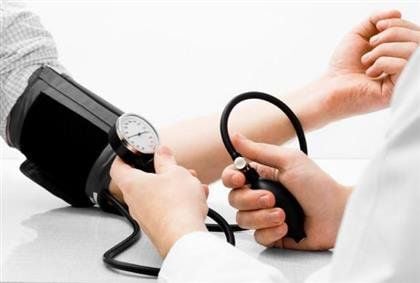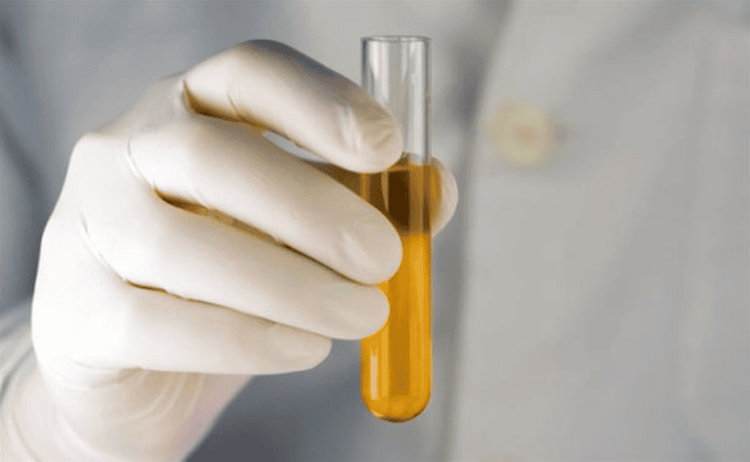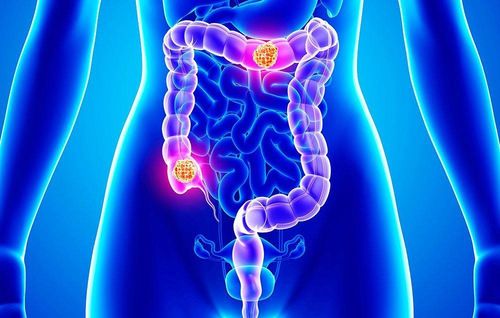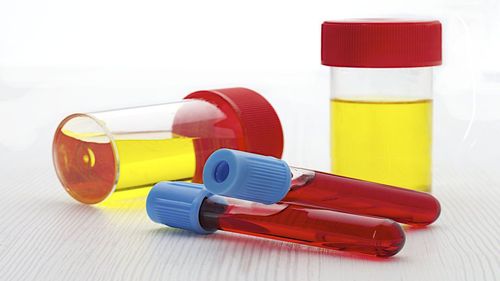This is an automatically translated article.
The adrenal medulla is the main site for the production of catecholamine hormones (adrenalin, noradrenalin, ...) that play a role in increasing the activity of the cardiovascular system. Catecholamine-secreting pheochromocytoma is a condition in which the secretion of adrenal medullary hormones is increased, with effects on the cardiovascular system.
1. Clinical symptoms of adrenal myeloma
Adrenal myeloma occurs mainly in adults, 10% occurs in children from 6-14 years old with a higher frequency of occurrence in boys than girls. The frequency of occurrence ranges from 30-40% of tumors found on both sides or in many places. The main cause of the disease is the catecholamine-secreting tumor, which causes an increase in blood pressure, which is cyclical and continuous later on. The characteristic symptom of the disease is severe headache accompanied by signs of increased intracranial pressure. During an attack of high blood pressure, there will be a severe headache, pale blue, sweating, possibly convulsions. In between episodes of blood pressure, children with the disease can be normal, but their body is thin and green, poor in appetite, slow in growth, dry skin, cold and purple extremities, wrinkled fingers. Blood pressure increases much to 180-260/120-210mm Hg. Enlarged heart, papilledema, arteriosclerosis greatly affect vision function: gradually reducing vision, blurred vision leading to the risk of complete blindness or permanent blindness.

Huyết áp tăng cao ở người bệnh u tủy thượng thận
2. Subclinical symptoms of adrenal myeloma
2.1. Catecholamine test in the diagnosis of adrenal myeloma The urine catecholamine test is a test used to diagnose adrenal myeloma. This is a test that measures and evaluates the concentration of a group of hormones in the urine including epinephrine, norepinephrine, metanephrine, and dopamine. These hormones are collectively known as catecholamines.
Catecholamines are made from nerve tissues, typically the brain and adrenal glands. The role of catecholamines is to prepare the body for the best psychological state in the face of traumatic or dangerous situations (for example, assault or life-threatening).
The main catecholamines in the body are broken down into vanillilmandelic acid (VMA), metanephrine, and normetanephrine. These decomposers will be excreted in the urine. The urine catecholamine test also measures the amount of VMA, metanephrine, and normetanephrine in order to assess the level of catecholamines in the blood.

Nước tiểu được sử dụng làm xét nghiệm catecholamin
2.2. Meaning of Catecholamines High levels of urine and blood catecholamines
- Elevated blood and urine levels of catecholamines are associated with stress, which can be induced from psychological reactions or stress from the external environment such as loud noises, bright lights or low blood glucose levels.
- High levels of atecholamines in the urine can also be caused by a deficiency of the enzyme monoamine oxidase (MAO), the enzyme that catalyzes the degradation of catecholamines. When the gene encoding MAO is mutated, MAO is produced that does not metabolize catecholamines, causing blood catecholamines and urine catecholamines to increase significantly.
- Extremely high levels of catecholamines (aka catecholamine poisoning). Extremely high levels of catecholamines in the urine and blood, which can occur in situations such as:
Injury to the central nervous system due to irritation or damage to certain nuclei in the brain stem, especially Brain nuclei affect the sympathetic nervous system. In emergency medicine, this condition is called urinary catecholamine accumulation. Neuroendocrine tumors (neuroendocrine) in the adrenal medulla (chromophore), a condition that is completely curable.

Xét nghiệm catecholamin cần được thực hiện tại cơ sở y tế uy tín
3. Treatment of adrenal myeloma
Specific treatment: Surgical treatment, removing the tumor completely will cure the disease. Recurrence is possible even with adrenocortical resection. Care should be taken to maintain blood pressure during surgery and a few days after surgery until blood pressure returns to normal. Postoperative monitoring. Perform a test to re-evaluate the concentration of VMA or catecholamines in the urine after surgery, if the blood pressure does not decrease, it should be checked in time because it may be because the adrenal medulla has not been completely removed. 3-6 months and 1 year later, recheck urine catecholamines to prevent recurrence. The adrenal medulla directly affects the cardiovascular system. Therefore, as soon as you have symptoms of adrenal medullary disease, you need to immediately go to a medical facility for examination and treatment advice. To register for examination and treatment at Vinmec International General Hospital, you can contact Vinmec Health System nationwide, or register online HERE
MORE:
Laparoscopic resection surgery Entire adrenal gland 1 side Adrenal tumor: When to operate? Treatment methods for adrenal tumors













